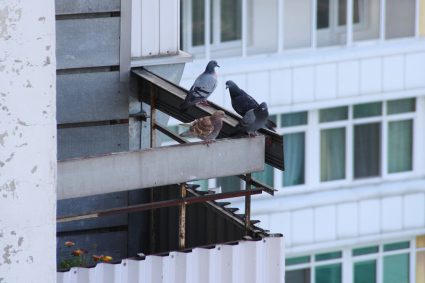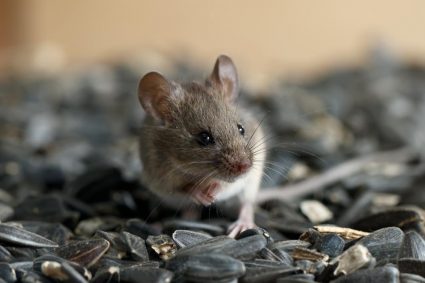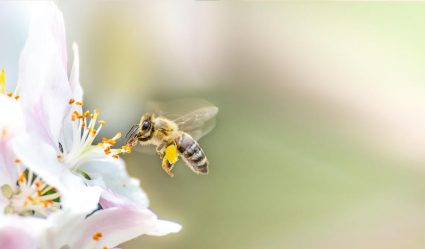
Understanding a rabbit’s behavior, specifically when it comes to biting, can help you prevent any unwanted injuries and build a healthier relationship with your pet. In this comprehensive guide, we’ll explore what a rabbit bite looks like, immediate symptoms, potential complications, treatment options, and preventive measures.
A rabbit bite typically appears as a clean-cut wound, often at a 45-degree angle, and can be found on hands, feet, or any other accessible body part. The bite may leave a red mark or a small bruise if it’s a gentle nip, but a harder bite can draw blood and cause more severe injuries. Immediate symptoms may include pain, redness, and bleeding at the site of the bite. If the bite becomes infected, additional symptoms may develop, such as swelling, oozing, or burning.
Physical Characteristics of a Rabbit Bite
A rabbit bite typically appears as a clean-cut wound, often at a 45-degree angle, and can be found on hands, feet, or any other accessible body part. The bite may leave a red mark or a small bruise if it’s a gentle nip, but a harder bite can draw blood and cause more severe injuries.
Rabbits have prominent incisors in the front of their mouths. Their teeth are incredibly strong and designed to sever through tough plants. Because of this, a rabbit’s bite is about a third as strong as an average dog bite, meaning that if a bunny is determined enough, it can cause real harm.
Immediate Symptoms of a Rabbit Bite
Immediate symptoms of a rabbit bite may include pain, redness, and bleeding at the site of the bite. If the bite becomes infected, additional symptoms may develop, such as swelling, oozing, or burning.
Potential Complications and Infections from Rabbit Bites
While rabbit bites can be painful and may cause infections, they are generally not dangerous and rarely become infected if properly cleaned and treated. However, it is always important to take precautions and seek medical attention if necessary. Potential complications and infections from rabbit bites include:
- Tularemia: Also known as “rabbit fever,” tularemia is a disease that can be transmitted from infected rabbits.
- Pasteurellosis: This bacterium resides in the oral cavity and upper respiratory tract of rabbits and can cause local inflammation and infection in humans.
- Cryptosporidiosis: This parasitic infection can be transmitted through rabbit bites or scratches, leading to local inflammation and possibly systemic symptoms.
- Mycobacteriosis: Pygmy rabbits may be infected with Mycobacterium avium complex (MAC), which can be transmitted to humans through direct contact or accidental ingestion of urine and feces of infected rabbits.
Treatment Options for Rabbit Bites
- Clean the wound: Use a clean cloth to put pressure on the wound and try to stem the bleeding. Clean the bite wound with soap and water, and hold it under running water for several minutes.
- Apply an antibiotic cream: After cleaning the wound, apply an antibacterial cream (such as Neosporin) to the affected area.
- Cover the wound: Cover the bite with a bandage and change it every couple of days, reapplying antibacterial cream as needed.
- Seek medical attention if necessary: Call your doctor if the bite or scratch broke or punctured the skin, even if the area is small.
Preventive Measures for Rabbit Bites
To prevent rabbit bites, it’s essential to understand their behavior and body language, as well as handle them properly. Here are some tips to help prevent rabbit bites:
- Understand rabbit behavior: Rabbits may bite for various reasons, such as fear, stress, or territoriality. Learn to recognize their body language and avoid situations that may trigger aggressive behavior.
- Handle rabbits gently and securely: When picking up a rabbit, support their back and hindquarters at all times. Hold them close to your body to make them feel secure.
- Approach rabbits calmly: Rabbits are prey animals and can be easily frightened. Approach them in a quiet, calm, and confident manner, avoiding sudden or rapid movements.
- Build trust with your rabbit: Spend time with your rabbit and allow them to approach you when they feel comfortable.
By understanding your rabbit’s behavior and handling them properly, you can significantly reduce the risk of bites and create a more positive relationship with your pet. Remember, if you are unsure about the severity of a rabbit bite, it’s always best to consult with a medical professional.
Frequently Asked Questions
Can a rabbit bite cause rabies?
Rabies is usually associated with bites from wild animals like bats, raccoons, skunks, and foxes. Domestic rabbits are not considered a common source of rabies and are not known to have transmitted rabies to humans.
What should I do if my rabbit’s bite doesn’t stop bleeding?
If the bleeding doesn’t stop after applying pressure for a few minutes, you should seek immediate medical attention. Doctors have the necessary tools and experience to stop the bleeding and treat the wound properly.
How can I tell if my rabbit has tularemia or other infections?
Rabbits with tularemia may exhibit symptoms like fever, loss of appetite, lethargy, and unusual behavior. However, it’s challenging to diagnose these conditions without a veterinary examination. If you suspect your rabbit is sick, it’s best to consult a vet.
How often do domestic rabbits bite?
Domestic rabbits are generally not aggressive and do not bite often. Biting is usually a sign of fear or discomfort. Proper handling and understanding of rabbit behavior can significantly reduce the likelihood of a bite.
Can I get a tetanus shot if a rabbit bites me?
Yes, it’s recommended to get a tetanus shot if a rabbit bites you, especially if the wound is deep or you haven’t had a tetanus shot in the last five years. Tetanus is a serious bacterial infection that can be contracted through a puncture wound, like a bite.











